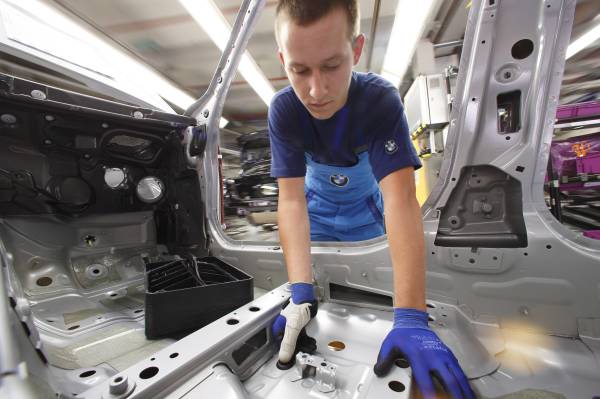According to an analysis by market research company Frost & Sullivan, 3D printing could potentially revolutionise automotive production, supply chain and the aftermarket.
The report titled “Executive Analysis of 3D Printing in the Automotive Industry” suggests that the technology will generate $ 4.3 billion from the automotive industry by 2025, resulting in substantial saving to manufacturers, suppliers and even consumers.
Currently, the scope of the application is restricted to low volume parts and production tooling, due to slow printing speeds, high cost of machinery and materials as well as missing software solutions. Frost & Sullivan believes that a drop in material and machine prices, advanced software integration and faster printing could lead to a more widespread adoption of the technology within the industry.
“Even though cheaper raw materials and technological enhancements will boost the uptake of 3-D printers, issues such as patent liability, product defects and patent infringement will persist,” explains Frost & Sullivan Mobility Research Analyst Viroop Narla. “Furthermore, comprehensive training as well as expensive data and communications systems, will be required to maximize 3-D printers’ operational efficiency, decrease data loss, minimize corruption and theft.”

Automotive company Ford, for example, has teamed up with Carbon3D, developer of the new, fast CLIP 3D printing technology. The two companies have been exploring the technology’s potential of not only producing prototypes but also manufacture final parts for cars, resulting in reduced development times.
About 90% of additive manufacturing applications in the automotive industry were for prototyping and 10% for production in 2015. According to the analysis, there could be a turnaround ratio with a 40% fall in price difference of raw materials such as plastics and polymers.
“Innovative materials such as carbon fiber, metal powders and titanium are expected to radically improve the mechanical, chemical and thermal characteristics of printed products,” observed Narla. “Additionally, machines with a focus on quality and better manufacturing processes will lower post-processing requirements by generating products with superior tolerances and surface finish details.”
Subscribe to our Newsletter
3DPresso is a weekly newsletter that links to the most exciting global stories from the 3D printing and additive manufacturing industry.






















